- YTP training young weavers
- YTP training young weavers
- YTP training young weavers
- YTP training young weavers
- YTP training young weavers
- YTP training young weavers
- YTP training young weavers
- YTP training young weavers
- YTP training young weavers
- YTP training young weavers
- YTP training young weavers
- YTP training young weavers
- Biboki textile with buna
- Insana buna textile
- Biboki ikat textile
The YTP Training Young Weavers Program began in late 2010 with the help of donations from Australians interested in supporting the continuation of the beautiful weaving traditions of West Timor. The program is run by Yayasan Tafean Pah, a foundation run by Ibu Maria Yovita Meta Bastion, which supports 14 weaving cooperatives in the north of West Timor. Friends of YTP was set up in 2010 by Ruth Hadlow and Ibu Maria Yovita Meta Bastion as a fundraising body to support the activities of Yayasan Tafean Pah.
At present there are more than 200 girls enrolled in the YTP Training Young Weavers Program. It is currently running in 4 village schools in the TTU (North Central Timor) region of West Timor: Papin, Pantae, Luniup and Naen, with more schools having registered their interest in participating. The program is being run in primary and junior high schools where it has been incorporated into the curriculum at the participating schools, with participants aged between 9-15. Rather than having to choose between education or weaving, the girls are learning to weave in conjunction with a formal education.
In June this year, we visited Yayasan Tafean Pah in Kefamenanu with one of the Active Travel textile tours. We were greeted with a ceremonial dance performed by young weavers from the village of Sainiup in the northern region of Biboki, wearing beautiful hand-woven tais and beating likurai, small drums worn under one arm as the women dance. This was followed by a group of primary school students, also members of the Training Young Weavers program, from the village of Pantae, performing another traditional dance.
We were given an introduction to the background and history of the foundation, Yayasan Tafean Pah, by Ibu Yovita and were shown examples from their collection of beautiful naturally-dyed ikat textiles. The YTP textile collection has been developed to make a record of the ikat motifs from the Biboki region, ensuring the weaving traditions will continue by providing a study collection that weavers can access to relearn motifs. It includes 43 different ikat motifs, as well as sotis and buna textiles from the Insana and Miomafo areas which, along with Biboki, comprise the TTU (North Central Timor) Regency. These regions are based on the original kingdoms, and their textiles reflect social and physical aspects of the local environment.
The following day we visited the primary school in the village of Pantae where the YTP Training Young Weavers program has recently begun. This was the first opportunity we’ve had to bring foreign visitors to visit a school. When we arrived at the school we were received with traditional dancing performed by the students, all beautifully dressed in handwoven textiles and embroidered kebaya, usually worn for formal occasions. We were presented with a shoulder cloth each by two tiny girls who had been selected for this ceremonial task. Looms had been set up under the trees outside the school buildings so after the formal greetings we watched a demonstration of weaving by the students. Each girl has a miniature loom to work on, made especially for the YPT Training Young Weavers program with funds from donations.
Those just beginning their first cloth were weaving simple shoulder cloths (selendang) with a plain weave and striped warp. The girls who had more practice were weaving selendang with sotis motifs (a float or pick-up warp technique). Ibu Yovita explained that in this area there are two major clan groups or suku. One of these, Maumade, uses the sotis technique, and the other, Kolnae, uses ikat, and, according to cultural tradition, members of each group can only use the technique appropriate to the clan to which they belong. In Pantae village most of the girls are from the Maumade group, so they are learning to weave sotis.
There are 57 students participating in the YTP Training Young Weavers program at Pantae school, across grades 4-6. They are taught by four experienced weavers, women from the local community who come to the school on Saturdays to teach the students (school runs 6 days a week throughout Indonesia). Some of the girls are already quite experienced, while others are just beginning. Undoubtedly, more students will now enroll in the program due to the visit of the textile tour group to the school, as there was such excitement at our visit. We were able to purchase selendang that the girls had woven, providing an immediate example for students, parents and teachers that there are significant economic prospects in learning to weave.
One of the key aspects of the YTP Training Young Weavers program is the idea that if the girls learn to weave, not only will the weaving traditions continue, but the girls can pay their own education fees through making and selling textiles. As lack of money is the main reason village children drop out of school, this is an opportunity for students to ensure their education continues. (Many older weavers in this region make a living and have paid for their children’s education costs through weaving.)
It is hard to describe the feeling of being there amidst the community that day. Everyone was so excited, we were surrounded by tiny girls who appeared to us to be about 5 or 6 years old, yet who were in fact 10 or 11 years of age, some of whom had very good weaving skills for their age and size, and all of whom had never met foreigners before. They were very shy, but as time went by, became more and more brave, eventually inviting us to dance the communal bonet along with their parents and teachers, accompanied by music played through speakers set up under one of the trees. There was great joy and amazement when the guests bought their selendang, in many cases their first weaving results, particularly when one very generous visitor bought up all the remaining selendang on the table, ensuring that every girl had sold her textile and would have money to buy thread for her next weaving, as well as pay her school fees for the upcoming year.
Author
 Ruth Hadlow is an artist, writer and educator based between Hobart, Tasmania and Kupang, West Timor. She has a process-based practice which includes performative lectures, large-scale temporal wall drawings and artist’s books. She is currently working on a book, 32 Words, from a residency at the University of Tasmania, developing new work for exhibitions in 2016, and teaching a program of annual masterclasses focused on conceptual development across Australia. One of her artist’s books,Patternbook, can be found at www.ruthhadlow.net/patternbook
Ruth Hadlow is an artist, writer and educator based between Hobart, Tasmania and Kupang, West Timor. She has a process-based practice which includes performative lectures, large-scale temporal wall drawings and artist’s books. She is currently working on a book, 32 Words, from a residency at the University of Tasmania, developing new work for exhibitions in 2016, and teaching a program of annual masterclasses focused on conceptual development across Australia. One of her artist’s books,Patternbook, can be found at www.ruthhadlow.net/patternbook

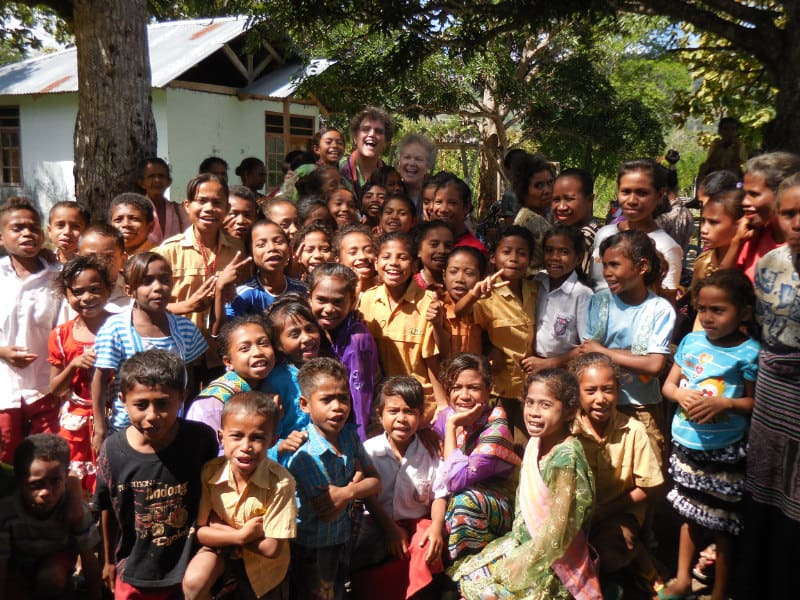


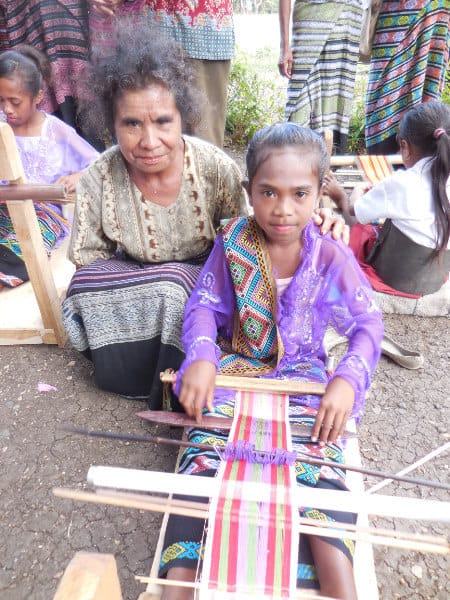
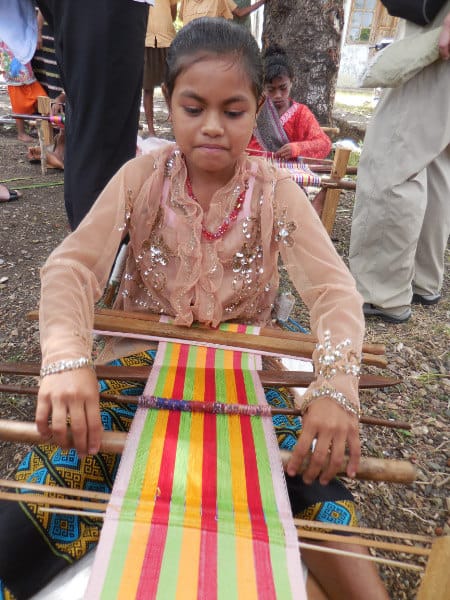

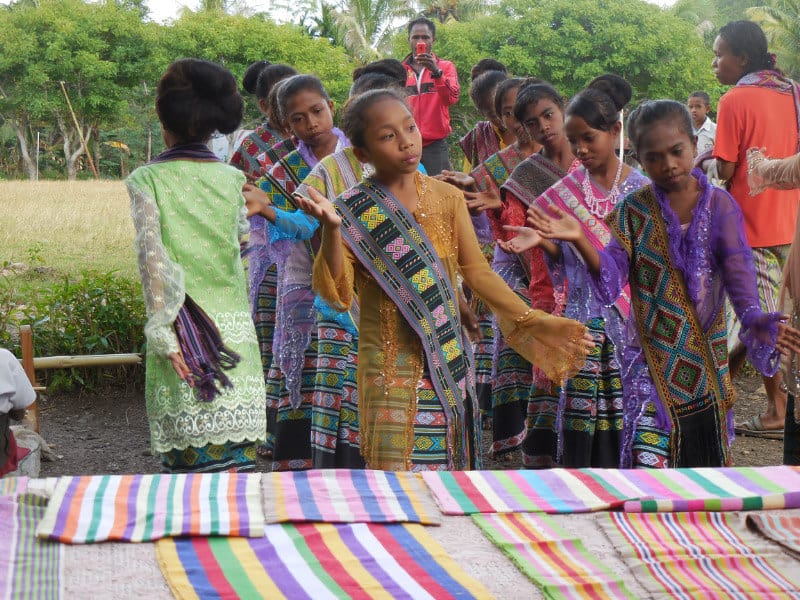
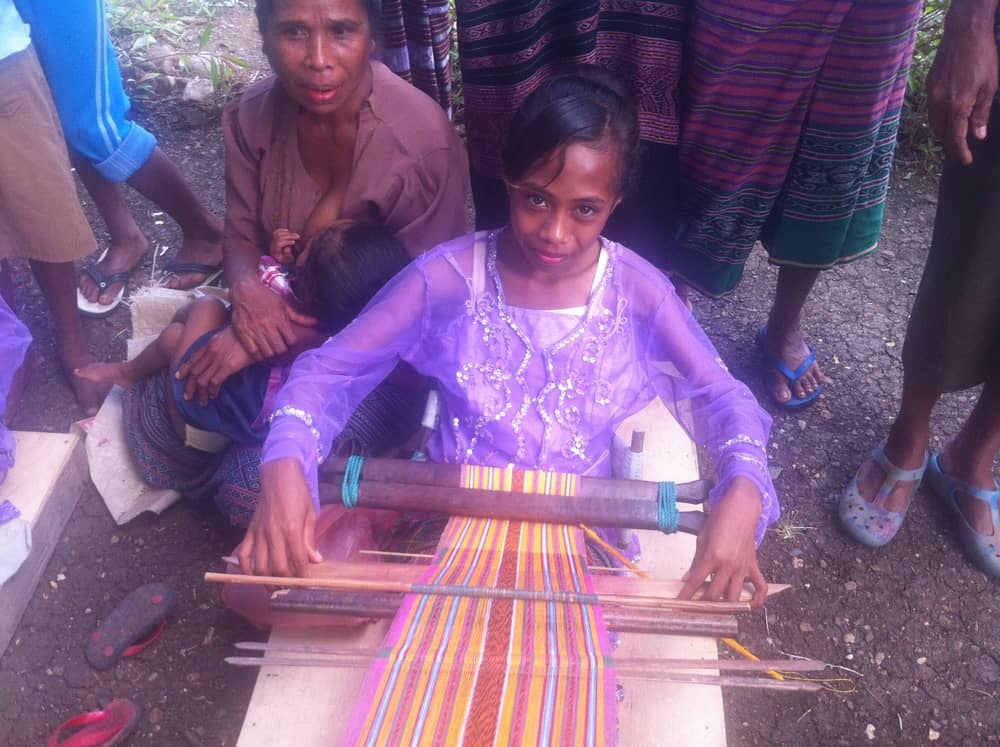


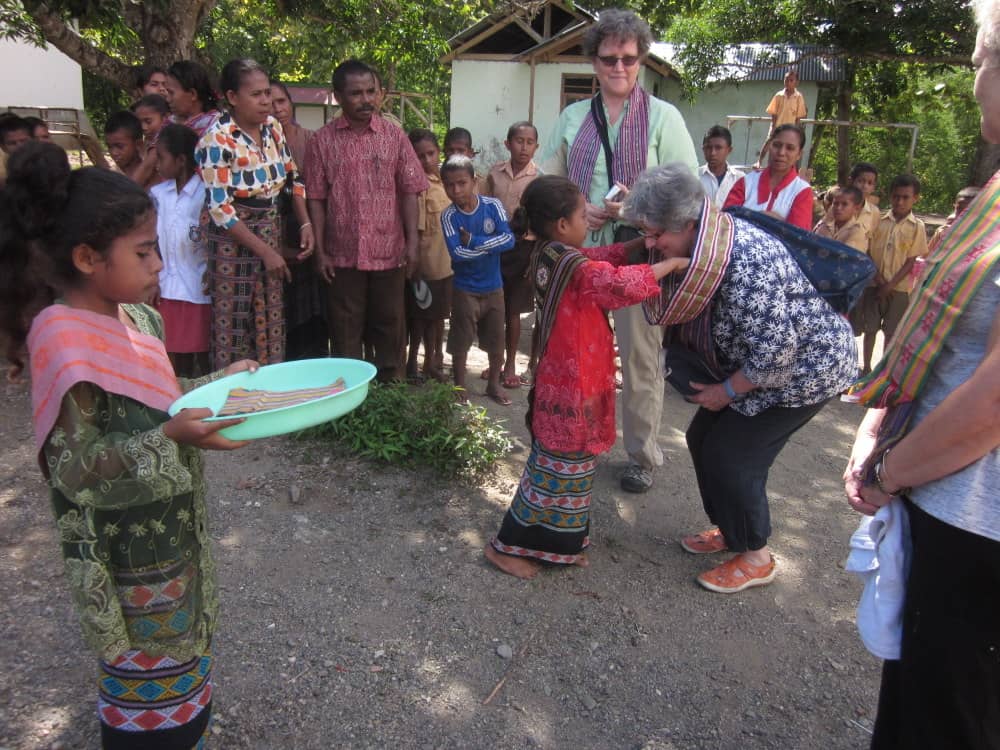
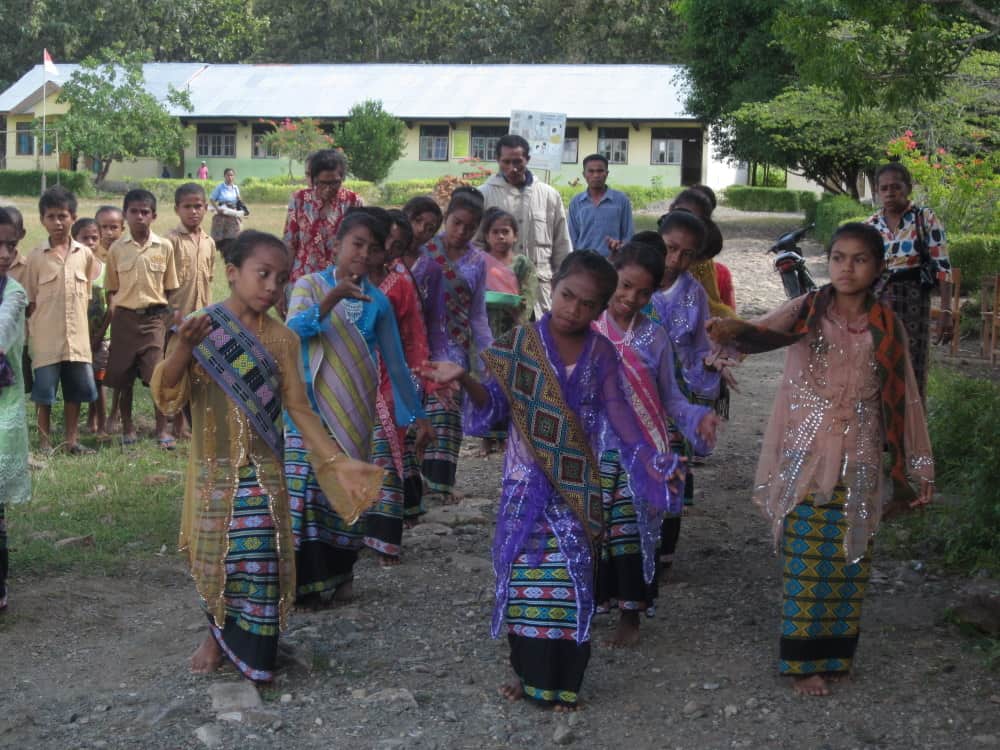


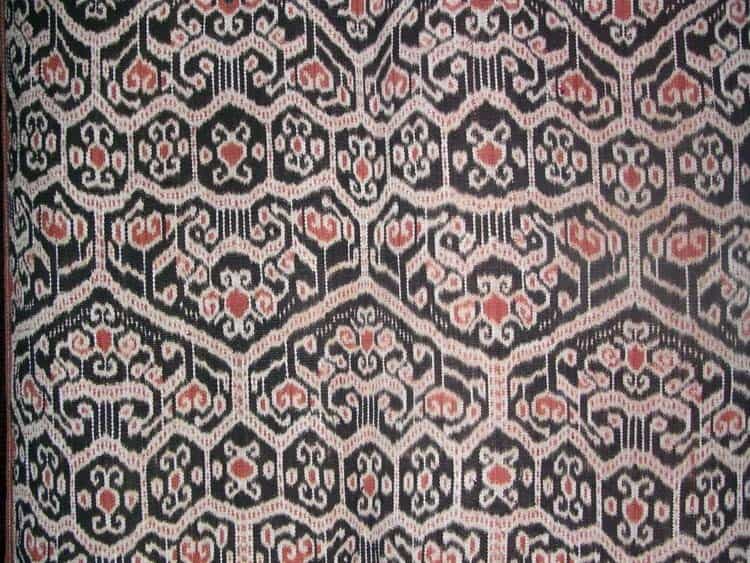

Comments
Dear Ruth,
I have been in contact with you many years ago. I am an ikat collector. Purchased some ikats from Yofina when visiting YTP in 2004.
We will be visiting Timor 18-22aug17. Just with purpose to visit Boti and Kefa. Could you help with arranging a driver and the overnight arrangements in both places? All airline tickets have been purchased already.
Terima kasih.
Rgds,
Markus
Hi Markus,
the best option is to contact Ony Meda – he’s an excellent guide and can organise everything for you. He can be contacted via email – onymeda@gmail.com
Best wishes,
Ruth